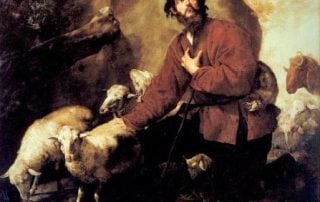Unified Field Theory and the Dew of Resurrection
And ye shall take you on the first day the fruit of goodly trees, branches of palm-trees, and boughs of thick trees, and willows of the brook (Levit. 23:40) After completing his masterpiece, the General Theory of Relativity in 1916, Albert Einstein spent the rest of his life working fruitlessly on unifying gravity with electromagnetism. His quest was to develop a unified field theory that would unify his General Relativity, a theory of gravitational, with Maxwell electrodynamics. To his great dismay, Einstein never succeeded in developing a unified field theory. It was actually even worse. While working tirelessly on unifying two known classical fields – gravitational field and electromagnetic field – Einstein missed the incredible progress in quantum physics, of which he was one of the founders and for which he received his [...]



